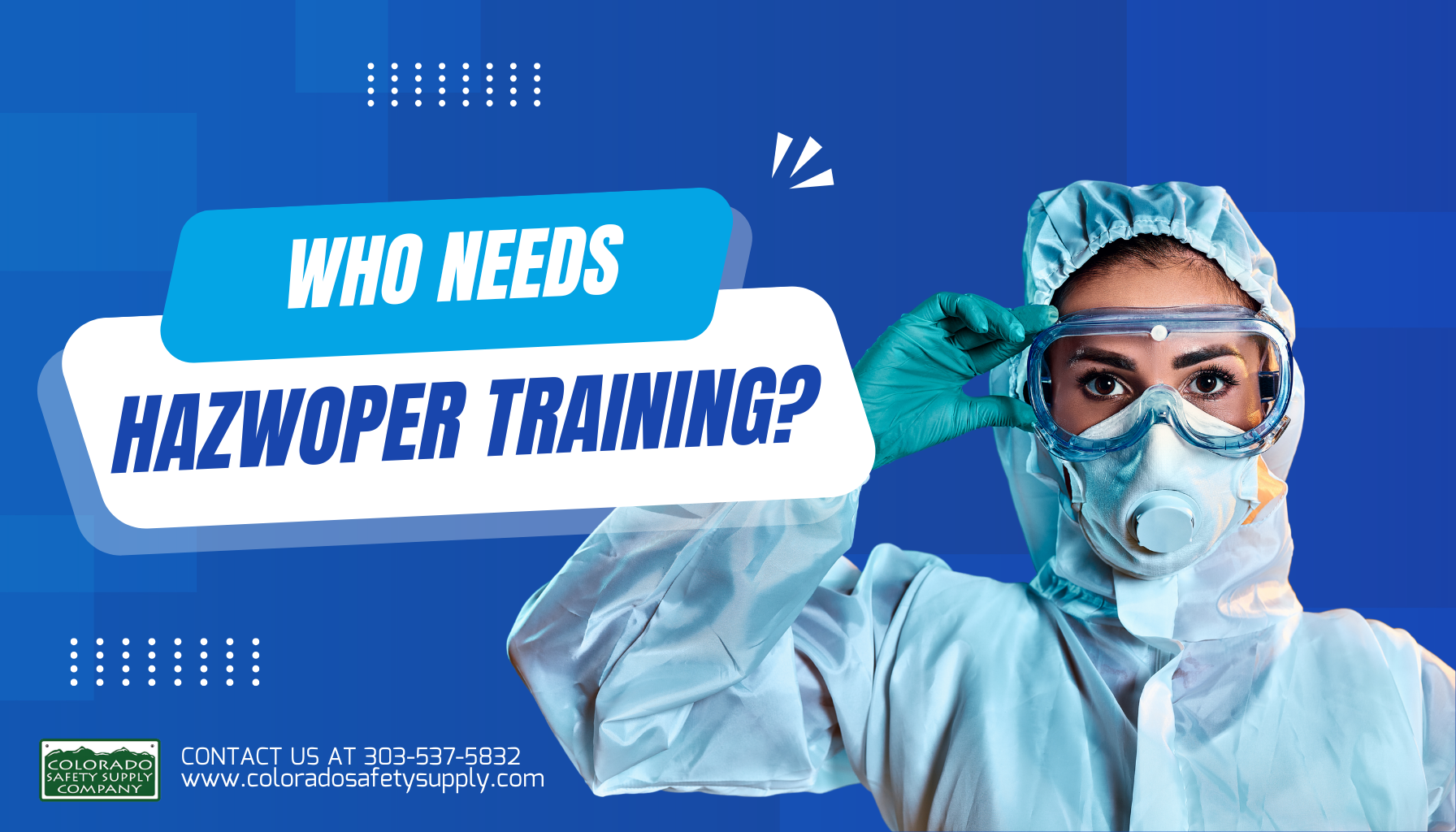If you’ve worked around hazardous materials or ever managed a construction or industrial crew, you’ve probably heard the term HAZWOPER thrown around more than once. But who really needs this training? Is it just for specialized cleanup crews in hazmat suits, or does it apply more broadly? Let’s clear it up.
What is HAZWOPER, Anyway?
HAZWOPER stands for Hazardous Waste Operations and Emergency Response. It's an OSHA standard (specifically 29 CFR 1910.120) that sets the training requirements for workers involved in hazardous substance cleanup, emergency response, or waste operations at certain treatment, storage, and disposal facilities.
In simpler terms, it's about keeping people safe when they work with or near dangerous chemicals, spills, or contaminated sites.
Who Actually Needs It?
It’s not just for people wearing gas masks in movies. Here are some real-world examples of people who typically need HAZWOPER training:
-
Cleanup Workers at Hazardous Waste Sites – Think about crews doing soil remediation, cleaning up chemical spills, or working at Superfund sites.
-
Emergency Responders – Firefighters, EMTs, and industrial response teams who might respond to chemical spills, leaks, or other hazmat emergencies.
-
Waste Treatment, Storage, and Disposal Facility Workers – Employees handling, treating, or storing hazardous waste at regulated facilities.
-
Construction Workers on Contaminated Sites – Anyone doing excavation, demolition, or construction work on land that might be contaminated with hazardous substances.
-
Supervisors and Managers Overseeing Hazardous Operations – OSHA requires they receive training plus additional hours to understand oversight and safety responsibilities.
Different Levels of Training
HAZWOPER isn’t one-size-fits-all. OSHA defines different training requirements based on the work you’ll be doing:
-
24-Hour Training – For workers with limited exposure risks.
-
40-Hour Training – For workers with higher exposure potential or who are doing more intensive site cleanup.
-
8-Hour Annual Refresher – Required to maintain certification.
-
Emergency Response Training – Varies from Awareness Level (just recognizing and reporting hazards) to Technician Level (containing and stopping the release).
Why It’s So Important
HAZWOPER isn’t just about checking a box for compliance. It’s about making sure people don’t get sick or hurt because they weren’t properly prepared. Hazmat operations can involve toxic chemicals, flammable materials, confined spaces, and other life-threatening hazards. The training gives workers the knowledge to identify risks, use protective equipment correctly, and follow procedures that can save lives.
Is It Required for You or Your Team?
If your work involves potential exposure to hazardous substances, it’s not just smart, it’s the law in many cases. OSHA can (and does) enforce these requirements, and failure to comply can mean stiff penalties, lawsuits, and serious injuries.
If you're not sure whether you or your employees need HAZWOPER training, it's worth evaluating the specific tasks and environments involved. When in doubt, consult OSHA guidelines—or talk to a qualified safety professional to review your needs.
Have questions about HAZWOPER training or need to schedule a class? Call us at 303-537-5832.















